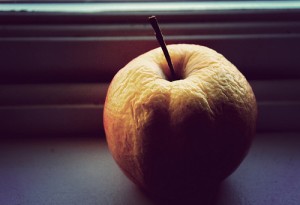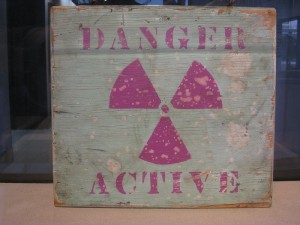UBC researchers have developed a new test that promises to overcome current issues and increase the reliability of screening.
By Amanda Au, Navi Dasanjh, Kushani Jayasundera and Martha Talbot
Dr. Eric Lagally, an assistant professor and researcher at the University of British Columbia, believes he has discovered a new method of detecting prostate cancer. Prostate cancer is the most common type of cancer in men, yet the two current tests for prostate cancer are inadequate and often give false positives and negatives. Being able to correctly identify prostate cancer cells could reduce the rates of misdiagnosis and over treatment.
Dr. Lagally’s new detection method looks at an enzyme called telomerase, which helps prevent premature cell death. He uses this molecule to help differentiate between cancerous cells and normal cells more precisely using a technology known as microfluidics.
Learn more about telomerase by listening to this UBC Mastermind Productions’ Podcast.
Audio clip: Adobe Flash Player (version 9 or above) is required to play this audio clip. Download the latest version here. You also need to have JavaScript enabled in your browser.
Microfluidics allows researchers to analyze small fluid samples using a chip the size of a postage stamp etched with miniscule channels and chambers. The width of these channels and chambers is similar to the width of a human hair. The small scale allows researchers to precisely test small samples.

Microfluidic chips like the ones that Dr. Lagally uses in his lab.
Currently, microfluidics is being used for many biomedical applications, such as DNA analysis. This new technology boasts many advantages, including the ability to analyze very small fluid samples at a minimal cost and with little power. This may also be quite beneficial to the new prostate cancer screening method Dr. Lagally hopes to implement. As he points out, the use of microfluidic chips will enable doctors, nurses, and other health practitioners to analyze test results at the bedside, eliminating the need to transfer samples to a testing facility.
As of today, Dr. Lagally’s microfluidic test is a long way from human applications. Alterations need to be made to the chip, which will then face gaining the approval of the Food and Drug Administration (FDA), a process that could take up to ten years.
As Dr. Lagally works on the process of transferring this technology from the lab to the clinic, he is also educating the public about microfluidics. He speaks about microfluidics and has developed a method of teaching students microfluidics by fabricating their own large-scale chip out of Jello. Try it yourself!
By educating the public, as well as other researchers, the hope is that this technology will be able to make a smooth transfer so that microfluidics can begin to positively affect people who are in desperate need of this technology.




